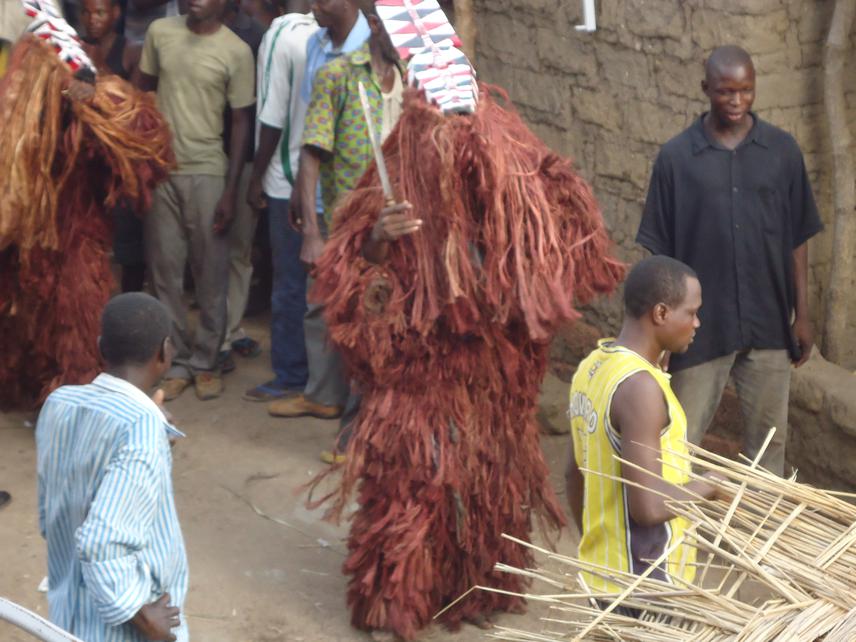Abel Kadeba
Other projects
1 Mar 2018
Conservation of Three Local Species of Rocky Hills Vegetation Overexploited by Women to Decant the Local Beer (dolo or tchapalo) in Burkina Faso, Western Africa
The proposal aims to determine first the relationship between local populations and rocky hills vegetation and their impact on these plant communities to ensure sustainable use.

Mask make with Ceiba pentandra Fiber.
Natural ecosystems such as rocky hills are refuges of biodiversity that play important roles. In western Burkina Faso (the most rugged region), several traditional ceremonies guided by elderly persons are done on rocky hills (inselbergs). These rocky hill areas are frequented by many traditional healers to find medicinal plants for several serious diseases whose care by modern medicine is unaffordable for locals. However, the vegetation of these rocky hills is subdued to a strong human pressure due to population growth and poverty. The free access to community forests and the inexistence of decision makers concerning resource use combined with a growing demand for plant parts for subsistence use lead to unsustainable harvesting methods suppressing regeneration and reducing density and performance of adult plants. Such uncontrolled use has negative impact on populations of woody species. Therefore, there is an urgent need to make people aware of their joint responsibility to promote the sustainable use of shared forests.
For this project, the following activities shall be carried out:
ACTIVITY I: IMPORTANCE OF THE ROCKY HILL VEGETATION FOR THE LOCAL POPULATION:
We shall proceed first in meeting and working with local people to explain them the importance of this project and to set up groups of rocky hills resources management. Then, socio-economic and cultural information will be obtained using semi- structured interviews The study will be conducted according to the dominant ethnic groups found in each province (Bobos in Houet, Senoufo in Kénédougou and Léraba and Goins in Comoé). In each province, four villages close to inselbergs will be chosen. Ten women and ten men will be surveyed per village.
ACTIVITY II: DENDROMETRICAL AND PHYTOSOCIOLOGICAL STUDIES:
1- Dendrometical study: This activity consists of characterizing five woody species threatened of rocky hills common to the four localities. In each plot, all individuals with a dbh ≥ 5cm will be identified and measured. For each of the five threatened species, ten dendrometrical relevés will be carried out.
2- Phytosociological study: Relevés will be made according to the method of Braun-Blanquet to quantify species of inselbergs. Fifty phytosociological relevés will be carried out per province.
ACTIVITY III: AWARENESS:
The list of all woody species threatened of rocky hills cited by the population will be listed. This list will be communicated to the entire population of localities in awareness campaigns and education. This will be done in close collaboration with management groups formed. These awareness campaigns and education awaken the conscience of the local population and lead to a common decision for the regulation of the use of resources through the sampling method.